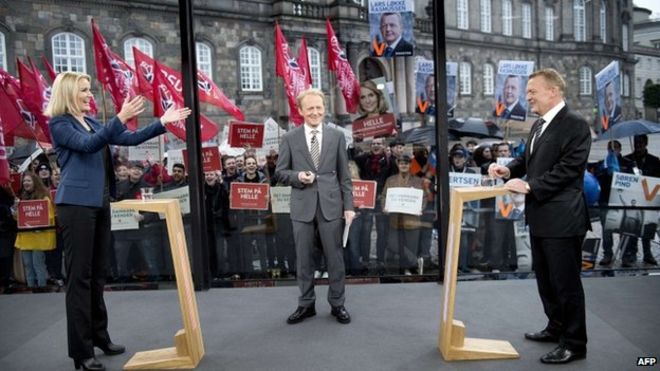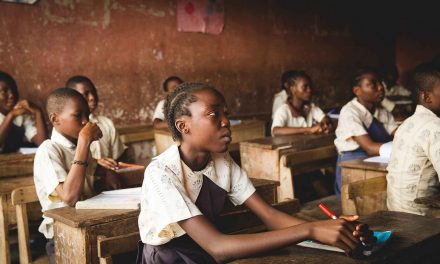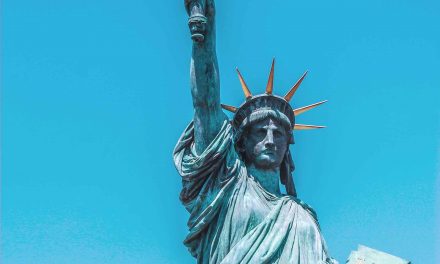by Jacob Gronholt-Pedersen and Andreas Mortensen, Reuters
Wednesday, 26 June 2019 11:52 GMT
Denmark will become the third Nordic country this year to form a leftist government after Social Democratic leader Mette Frederiksen agreed terms for a one-party minority government late on Wednesday.
- Danish Social Democrats to form one-party minority government
- Mette Frederiksen to become Denmark’s youngest prime minister
- Has promised to boost welfare spending after years of austerity Financing remains unclear, says economist (Adds analyst, detail, changes date)
COPENHAGEN, June 26 (Reuters) – Denmark will become the third Nordic country this year to form a leftist government after Social Democratic leader Mette Frederiksen agreed terms for a one-party minority government late on Wednesday.
While the new left-leaning government is unlikely to fundamentally change Danish economic policy, Frederiksen, who at 41 becomes Denmark’s youngest prime minister, has promised to increase welfare spending after years of austerity.
However, financing plans remained blurry after Frederiksen, together with three leftist parties, presented an 18-page paper entitled ‘Fair direction for Denmark’ that outlines the new government’s ambitions, which include a 70% reduction in greenhouse gas emissions by 2030.
“We still lack the whole financing part of this draft. It is a lot of good intentions but not much on how it concretely will be realised,” Nordea economist Jan Storup told Reuters.
Ageing populations have prompted Nordic governments to chip away at the cradle-to-grave welfare state, and the June 5 election showed clear support among Danish voters for leftist parties led by Frederiksen’s Social Democratic Party, which won a majority, prompting centre-right leader Lars Lokke Rasmussen to resign as prime minister.
Social Democratic parties also came to power earlier this year in Finland and Sweden.
Despite differences among left-leaning parties over issues such as welfare and immigration, Frederiksen got their backing to form a one-party minority government, a common arrangement in Denmark. She will formally notify Queen Margrethe later on Wednesday of the agreement and is expected to present the new ministers to the monarch on Thursday.
While the leftist opposition bloc received a convincing majority in the 179-seat parliament, support for the Social Democratic Party declined slightly compared with the 2015 vote. But it remained the country’s biggest party.
IMMIGRATION
Frederiksen’s Social Democrats will now have to rely on the Socialist People’s Party, the Red-Green Alliance and the Social-Liberal Party – formerly headed by European Competition Commissioner Margrethe Vestager – to pass laws.
The four parties agreed to soften some tough measures on immigration, including abandoning a plan by the previous government to hold foreign criminals on a tiny island.
However, immigration will remain a bone of contention as Frederiksen needs to balance her tougher stance with the softer views of the leftist parties.
The parties also said they agreed on a plan to allow more foreign labour, on further measures to eliminate rising inequality and on a plan to create a binding law on the reduction of emissions.
Following spending cuts by successive governments to reduce the public deficit, which has resulted in an erosion of traditional welfare services, the Social Democrats campaigned for an increase in spending and making businesses and the wealthy pay more toward welfare through higher taxes.
Many Danes, who like counterparts in other Nordic states pay some of the highest taxes in the world to underpin their welfare system, worry that further austerity will erode the universal healthcare, education and elderly services long seen as a given.
Economists have said there is some room within Denmark’s sound public finances to increase spending.
(Additional reporting by Stine Jacobsen; editing by Sandra Maler and Gareth Jones)
Read more at Reuters






Recent Comments